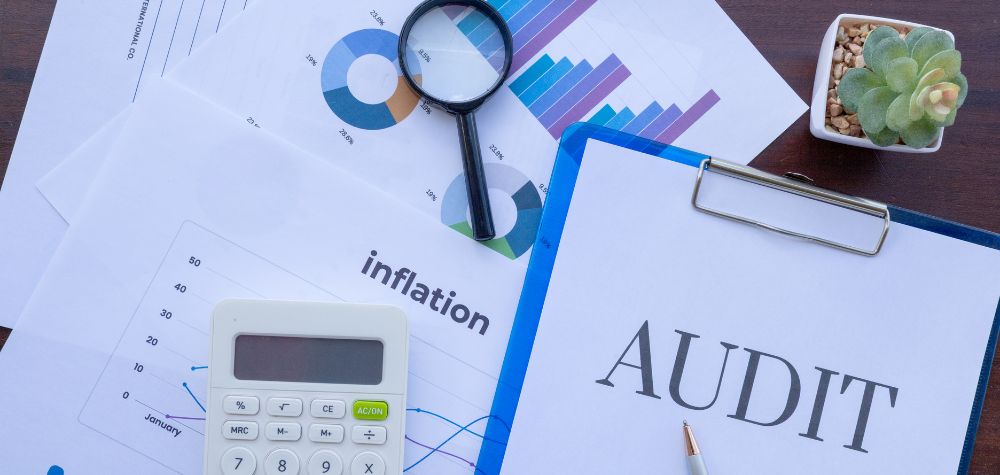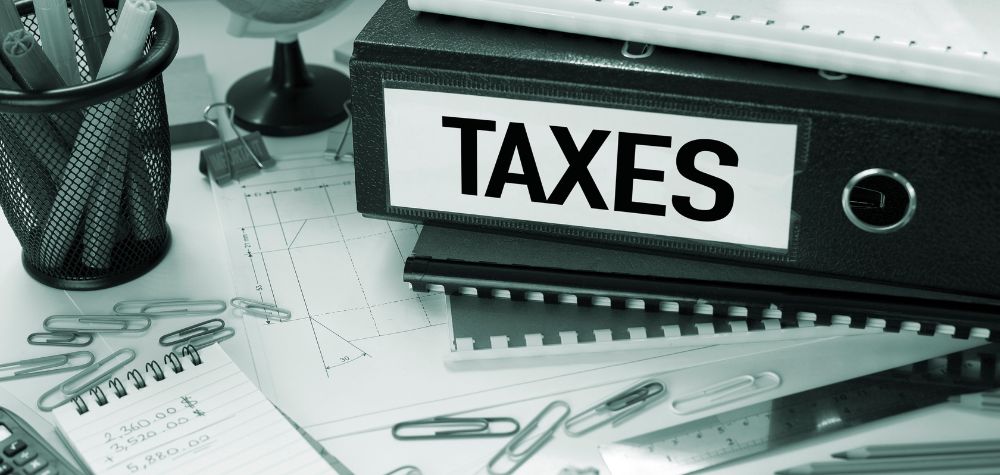
As the year winds down, many businesses are preparing to celebrate with end-of-year parties, staff gifts, and client events.
While these celebrations are a great way to recognise your team’s hard work, it’s important to understand the Fringe Benefits Tax (FBT) implications that can arise.
Getting it wrong can lead to unexpected tax bills – so here’s what you need to know before the festive season kicks off.
When Does FBT Apply to Christmas Parties?
The good news is that not all Christmas party costs are subject to FBT. The tax applies only when a benefit is considered “entertainment” and exceeds certain thresholds or does not fall under available exemptions.
A Christmas party held on the business premises on a working day is usually exempt from FBT for employees. This is because it typically qualifies as a minor benefit or falls under the property benefit exemption.
However, if your party is off-site – for example, at a restaurant or venue – FBT may apply depending in the cost per person, who attends, and whether the minor benefits exemption applies.
The Minor Benefits Exemption
One of the most commonly used exemptions for Christmas events is the minor benefits exemption. Costs under $300 per person, including GST, may be exempt from FBT if the benefit is infrequent and irregular.
This $300 threshold applies to each person individually. So, an off-site Christmas dinner costing $150 per employee and $120 per partner would generally fall under the exemption.
Note: The exemption applies separately to party costs and gifts. This means an employee could receive a party benefit under $300 and a gift under $300, and both may still be exempt.
What About Clients?
FBT does not apply to entertainment provided to clients. However, the cost is typically not tax-deductible, nor can you claim GST credits. So while inviting clients won’t cause FBT issues, you should be aware of the deduction limitations.
FBT on Gifts vs Entertainment
Gifts for employees can be tricky. Items such as gift cards, hampers, wine, or store vouchers may be considered minor benefits if under $300 per person. In that case, they are not subject to FBT, but you also can’t claim a deduction or GST credits.
Entertainment-type gifts – like theatre tickets or holiday vouchers – are more likely to attract FBT unless under the minor benefits threshold.
Best Practices for a Compliant Festive Season
- Keep detailed records of attendees and costs
- Check whether each benefit is under the $300 minor benefits limit
- Separate costs for employees, associates, and clients
- Consider holding events on business premises to reduce FBT risk
- Speak to your accountant early if planning gifts or multiple events
With a bit of planning, your business can celebrate the festive season while avoiding FBT surprises – and ensuring everyone enjoys the end-of-year cheer.










